Baking a cake is both an art and a science. Many home bakers struggle with dense, dry, or overly crumbly cakes, wondering what went wrong. But achieving perfect cake texture isn’t just luck—it comes down to precise techniques, ingredient balance, and a little bit of baking know-how.
As Chef Maxime, I remember my grandmother Julia’s cakes: soft as a cloud, moist, and full of flavor. She had a knack for knowing exactly how much to mix, how long to bake, and what ingredients made all the difference. In this guide, I’ll share the secrets she taught me and the science behind achieving perfect cake texture.
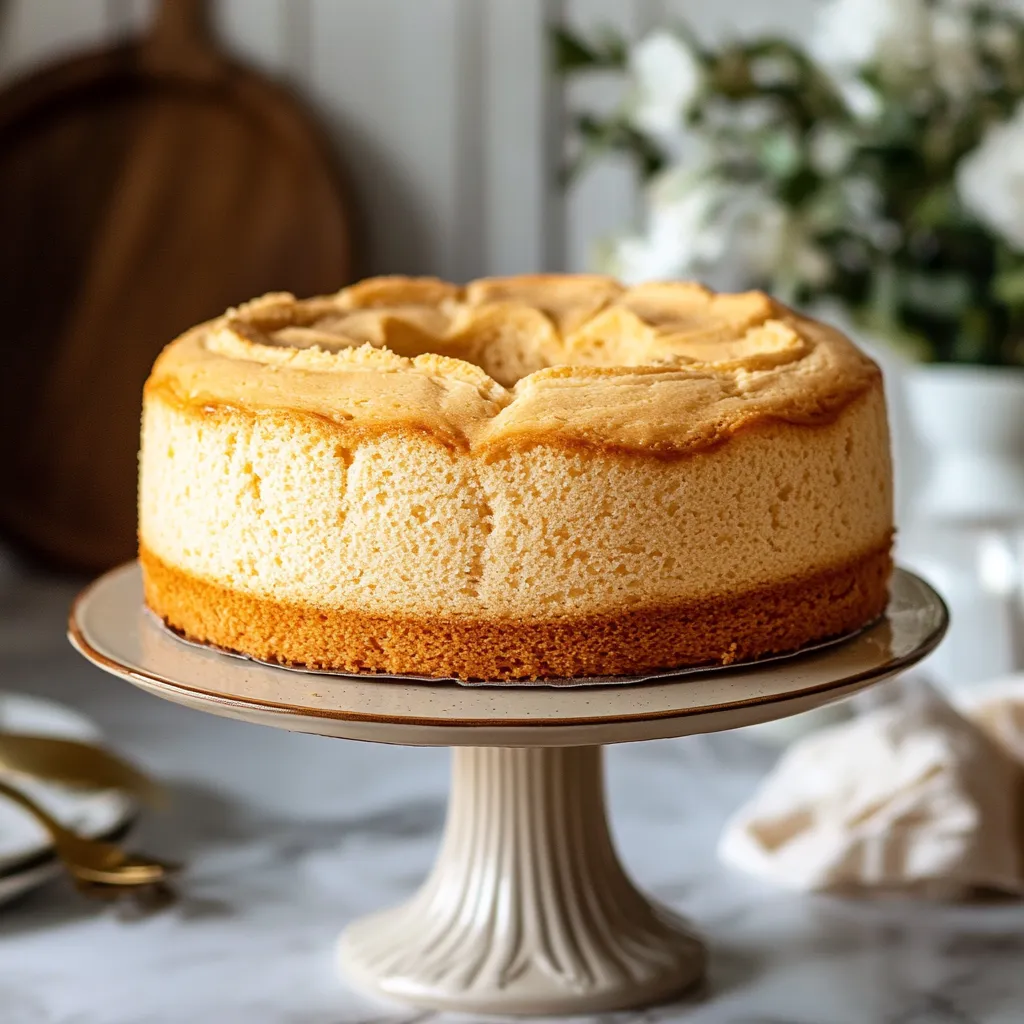
The Science Behind Achieving Perfect Cake Texture
To master the texture of your cakes, you need to understand the role of gluten, leavening agents, and fat content. If you want to explore more about baking science, check out this in-depth guide from Serious Eats.
The Role of Gluten in Achieving Perfect Cake Texture
- Gluten is a protein in wheat flour that provides structure to baked goods.
- Too much gluten makes a cake tough; too little makes it crumbly.
- Avoid overmixing your batter to keep the gluten from developing too much.
Leavening Agents: How Cakes Rise for the Perfect Texture
- Baking powder and baking soda release gas, helping the cake rise.
- Yeast is less common in cakes but can be used for unique textures.
- The right balance ensures your cake is airy and not dense.
- Learn more about leavening agents at King Arthur Baking.
Selecting the Right Flour for Achieving Perfect Cake Texture
The type of flour you use directly affects the texture of your cake. If you’re looking for more flour options, check out this helpful guide from The Kitchn.
- Cake flour has lower protein, leading to a softer crumb.
- All-purpose flour gives structure but can make cakes denser.
- DIY Cake Flour Substitute: For every 1 cup of all-purpose flour, remove 2 tablespoons and replace with cornstarch.
Butter vs. Oil: Which One is Better for Cake Texture?
Fats affect both moisture and flavor. If you’re making a healthier cake, consider using coconut oil, which adds a mild sweetness while keeping the texture light. Read more about healthy oil substitutes.
- Butter adds a rich flavor but can make cakes firmer.
- Oil stays liquid at room temperature, leading to a moist cake.
- Best of both worlds? Use half butter, half oil for a perfect balance.
The Role of Sugar in Achieving Perfect Cake Texture
Sugar does more than add sweetness:
- Aeration: When creamed with butter, sugar traps air, making the cake fluffy.
- Moisture Retention: Sugar binds with water, keeping the cake soft.
- Brown Sugar vs. White Sugar: Brown sugar adds moisture and depth, while white sugar creates a lighter texture.
- Need a natural sweetener? Try honey or maple syrup! Explore natural sugar alternatives.
Eggs: The Hidden Secret to Achieving Perfect Cake Texture
Eggs play a crucial role in structure, texture, and moisture.
- Egg yolks add richness and help emulsify fats.
- Egg whites contribute to light, airy cakes.
- If a recipe calls for whole eggs but you want a lighter cake, substitute part of the egg yolks with extra whites.
Looking for an egg-free version? Try this chocolate cake.
Dairy Products That Enhance Cake Texture
Different dairy products affect texture in unique ways:
- Milk: Adds moisture and makes the batter smoother.
- Buttermilk: Contains acid that reacts with baking soda, creating a softer crumb.
- Sour Cream: Adds richness and extra moisture.
If you’re lactose-intolerant, try this Betty Crocker Banana Bread.
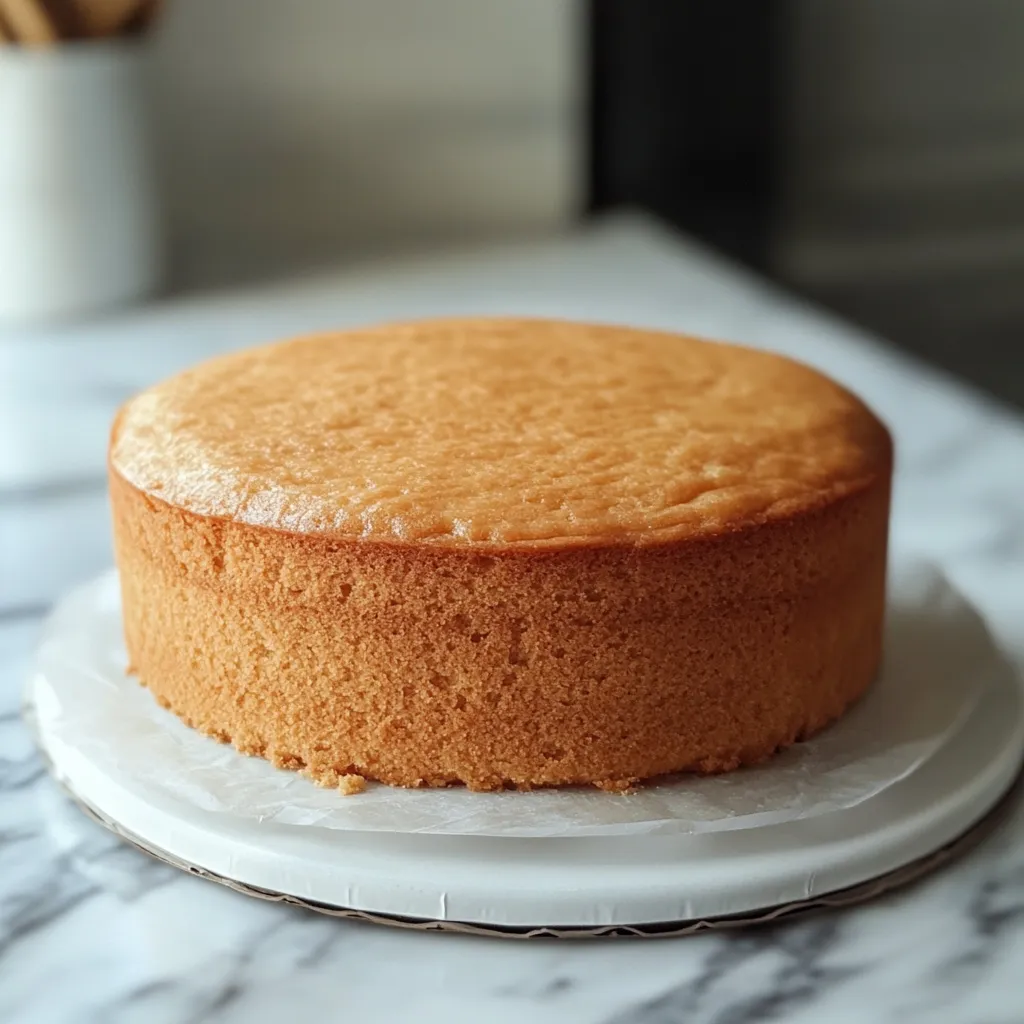
FAQs About Achieving Perfect Cake Texture
1. Why is my cake too dense?
A dense cake can be caused by overmixing the batter, too much flour, or not enough leavening agents. Ensure you measure ingredients correctly and mix just until combined.
2. How can I make my cake more moist?
To make your cake moist, use ingredients like oil, sour cream, or buttermilk. Avoid overbaking and store the cake properly to retain moisture.
3. What is the best flour for achieving perfect cake texture?
Cake flour is ideal because it has lower protein content, creating a softer, more tender crumb. You can also make a substitute by mixing all-purpose flour with cornstarch.
4. Can I fix a dry cake after baking?
Yes! Brush your cake with simple syrup (equal parts sugar and water heated until dissolved) to add moisture and improve texture.
5. Why does my cake sink in the middle?
A cake may sink if it’s underbaked, has too much leavening, or if the oven door is opened too early. Ensure proper baking time and avoid overmixing.
6. How do I prevent a tough cake?
Overmixing the batter can develop too much gluten, leading to a tough cake. Mix only until ingredients are incorporated for a tender texture.
7. Can I use butter instead of oil?
Yes, but oil makes cakes moister since it remains liquid at room temperature. A mix of butter and oil provides both flavor and moisture.
8. What is the best way to store a cake to maintain texture?
Store cakes in an airtight container at room temperature for up to 3 days or refrigerate for longer shelf life. Freezing is also an option for long-term storage.
9. How do I get a perfectly smooth cake surface?
Use a cake strip around the pan to ensure even baking, and level the cake with a serrated knife after cooling for a smooth surface.
10. Can I bake a cake without eggs?
Yes! You can use substitutes like mashed bananas, applesauce, or yogurt to replace eggs while maintaining a good texture.
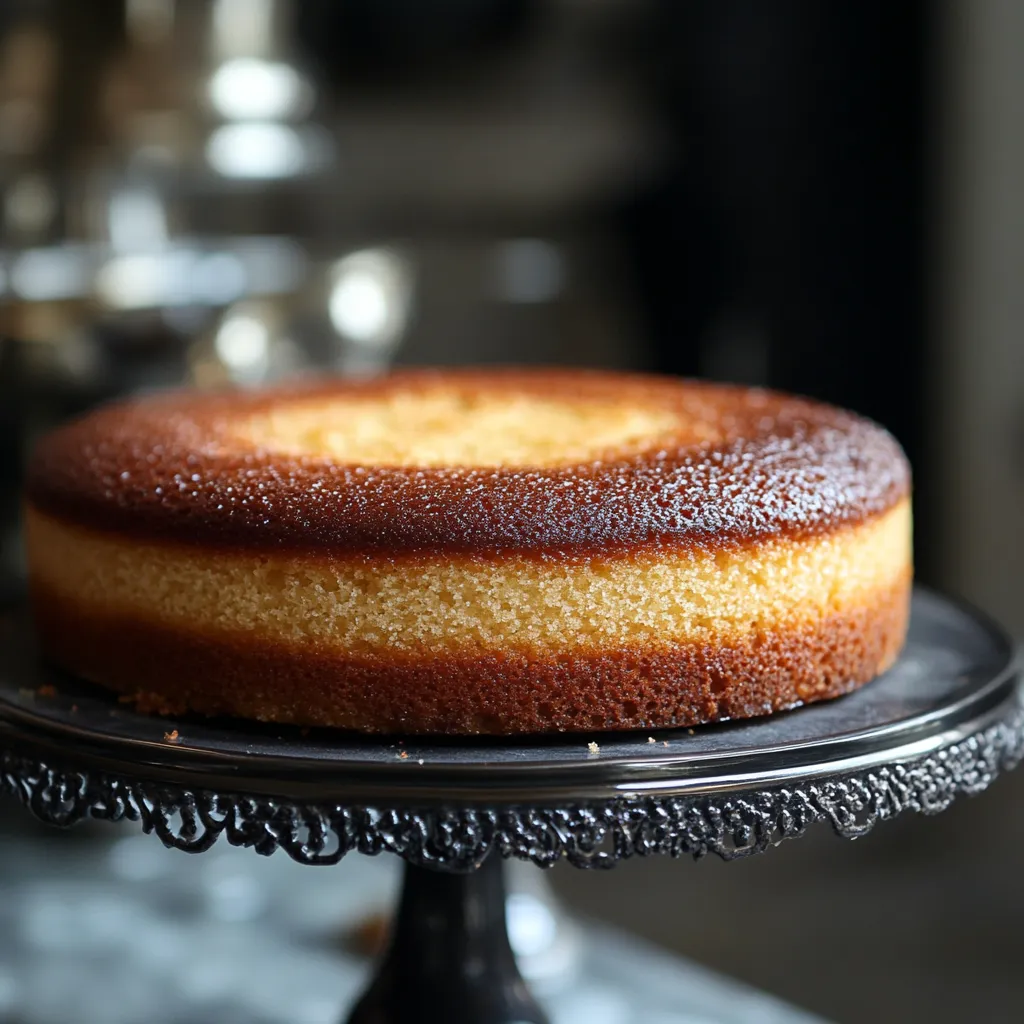
How to Tell When Your Cake is Done for Perfect Texture
- Toothpick Test: Insert a toothpick into the center—if it comes out clean, it’s done.
- Golden Brown Color: Indicates a fully baked cake.
- Spring Test: A properly baked cake should spring back when lightly pressed.
Baking the perfect cake requires attention to detail, precise measurements, and proper techniques. With these expert tips, you’ll never struggle with dense, dry, or crumbly cakes again. Start baking today and impress everyone with cakes that have the perfect texture—every time!



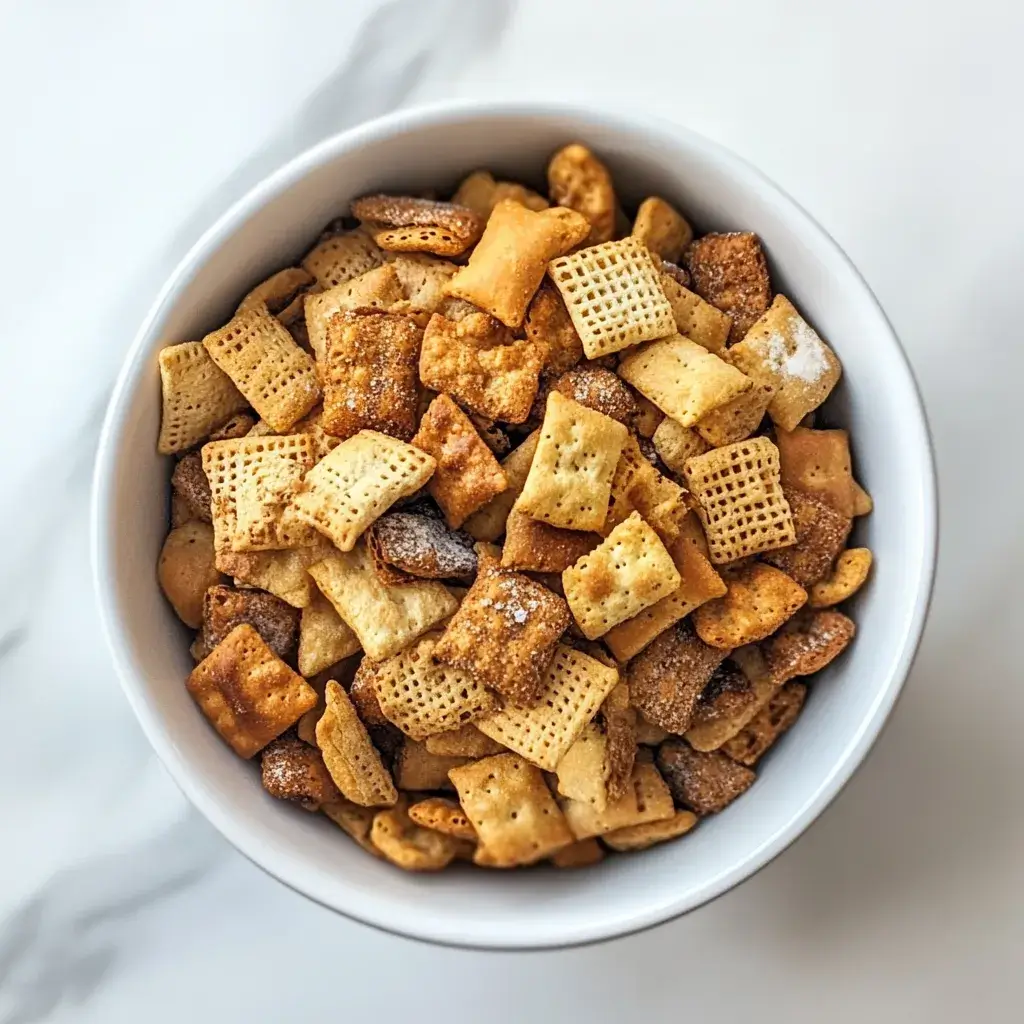

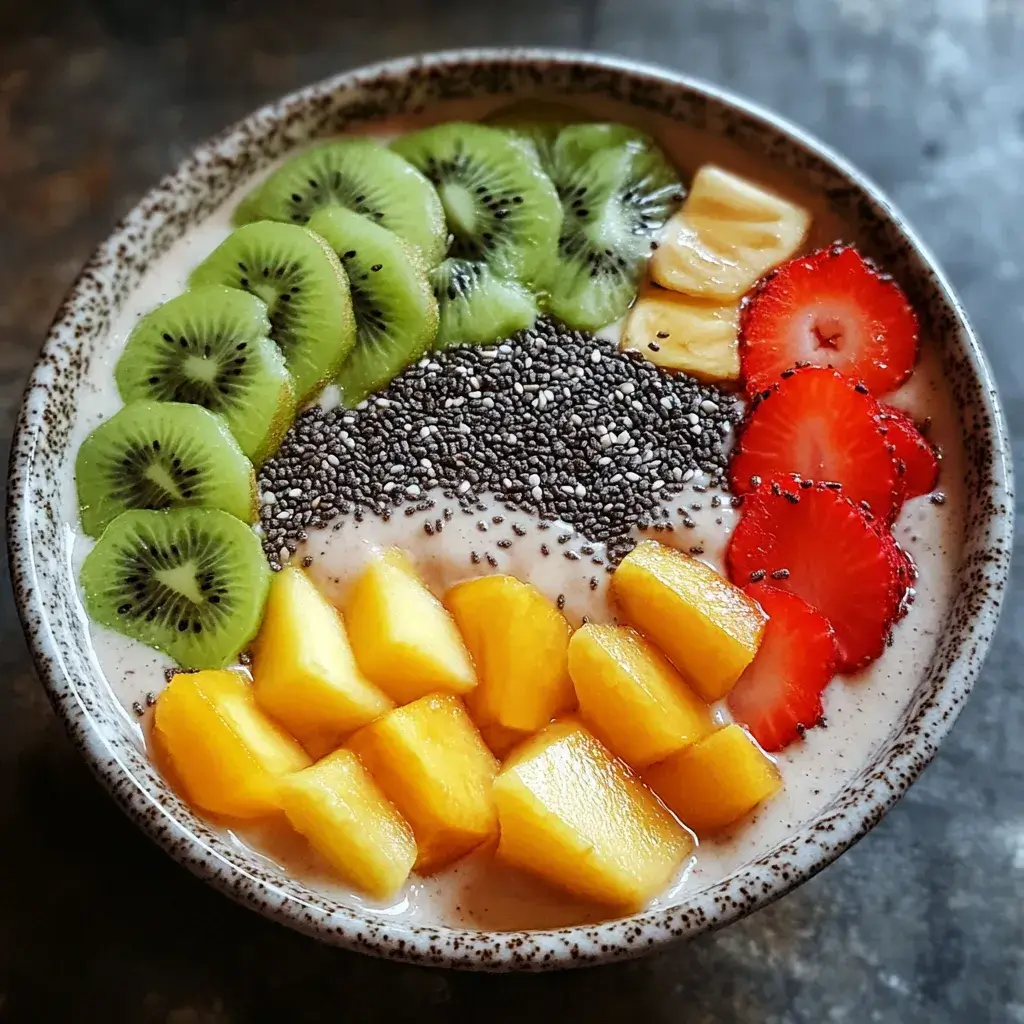



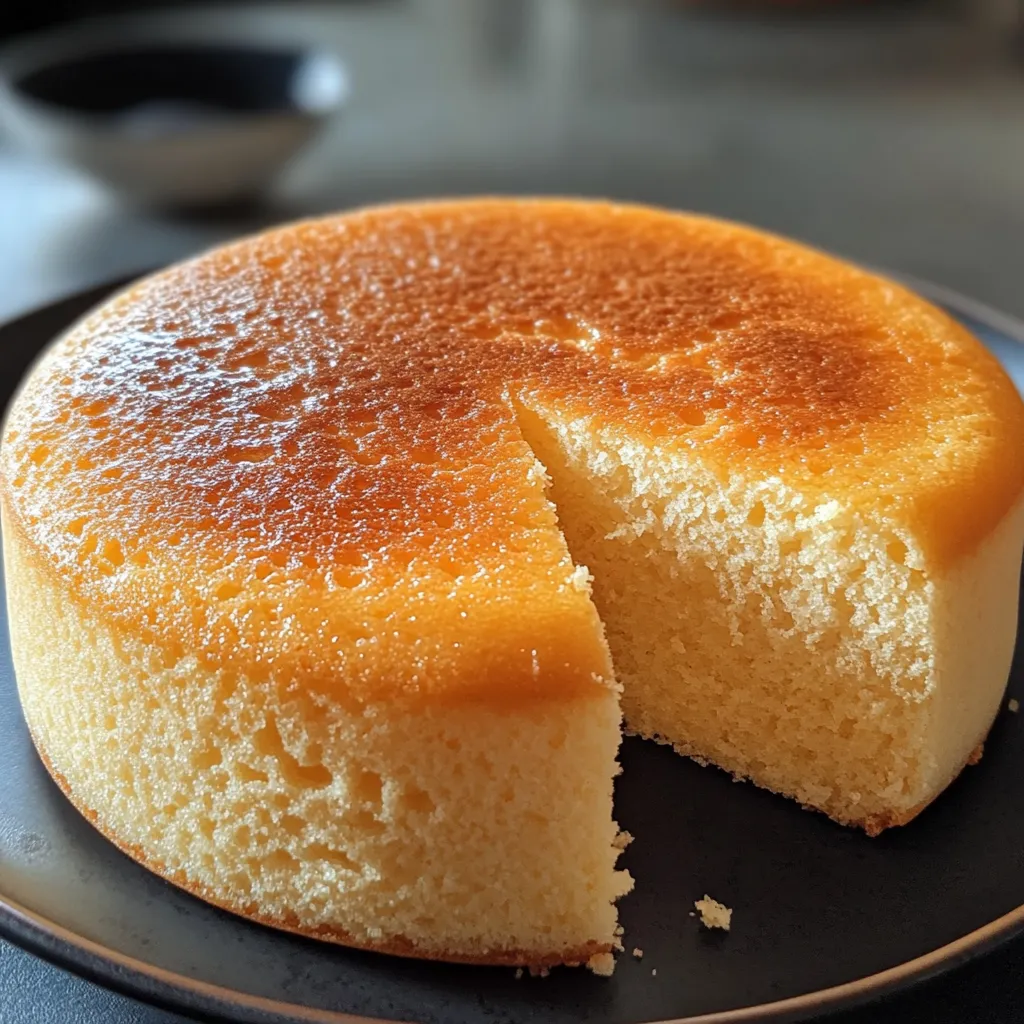

 the secret to a healthier life, is on your plate
the secret to a healthier life, is on your plate 